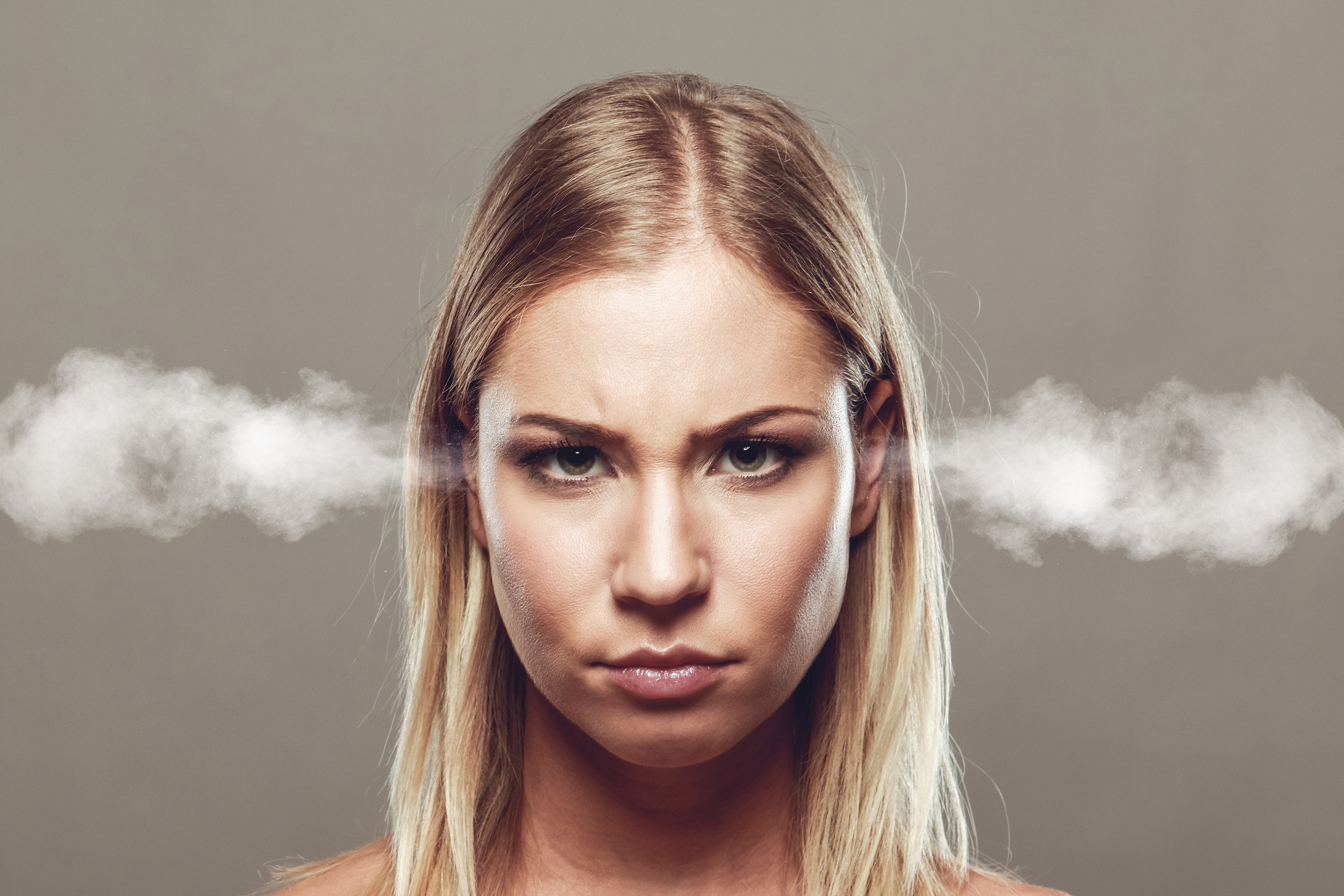Misophonia is a condition in which patients become uncomfortable, anxious, or angry when they hear sounds like someone eating, chewing, or even breathing. Still other patients are triggered by the clicking of a pen.
Misophonia is different from other types of sound sensitivity, which include hyperacusis (an extreme sensitivity to everyday sounds) and tinnitus (ringing in the ears).
Misophonia treatment depends on what contributes most to the patient’s distress. If it is the physical sound, some people like to use earplugs or headphones. However, these approaches tend to exacerbate the problem because they reinforce the notion that the person must avoid the sound(s) to alleviate the stress it causes.

I once had a patient whose misophonia was triggered every time she heard her mother chewing gum. Another patient became upset when her brother munched an apple. Yet another one could not stand to be with his father during dinner because he ate so loudly.
Interestingly, these particular patients could tolerate hearing other people chewing gum or apples, which suggests that in some patients, a relationship issue contributes to the problem.
As these cases prove, misophonia can disrupt an entire household when the affected person won’t eat dinner with his or her family, or wears headphones or earplugs at the table. In some families, the parents leave the table to eat, or chew slowly and quietly so as not to upset their children with misophonia.
Some teenaged patients eat alone rather than with friends during their school lunch time, which can cause them to be teased or ostracized.
Again, these avoidant behaviors only make the problem worse, since they strengthen the patients’ belief that they cannot or should not have to tolerate the noises.
Medical hypnosis can be helpful in treating the symptoms of misophonia because it allows patients to learn how to turn down their discomfort around the offending sound. Additionally, forms of exposure and response prevention treatment are typically required.
Although hypnosis can often successfully reduce anxiety, cognitive behavioral therapy (CBT) remains the gold-standard treatment for anxiety disorders. CBT can likewise be successfully applied to the symptoms of anxiety related to misophonia.
When working with someone with misophonia, I ask them which aspect of the disorder disrupts their lives the most:
- The physical sound.
- The relationship with the person to whom their anger or annoyance is directed.
- The anxiety itself.
When more than one element is involved, I simply ask patients which one they would like to work on first. Often, when we address one problem, the other aspect(s) improve on their own. If not, once the initial problem is under control, we simply move on to the next issue.
If you’re interested in reading more about misophonia, I recommend these excellent articles from The New York Times.
“When a Chomp or a Slurp Is a Trigger for Outrage.”
“Please Stop Making That Noise.”
__________________
Dr. Lazarus also specializes in high-speed treatment for patients with:
- Performance anxiety: test anxiety, athletes, musicians, dancers, actors, public speaking
- Headaches: migraines and chronic daily headaches
- Gastrointestinal conditions: functional abdominal pain (FAP), irritable bowel syndrome (IBS)
- Bedwetting
- Tics (with or without Tourette syndrome)
- Pain
I wanted to take this opportunity to give a shout out to my friends and colleagues at Entheos, a group of audiologists who donate 10% of their income to help patients with hearing problems in developing countries. They travel around the world and volunteer to serve these populations. For more information about Entheos, you may visit entheoshearing.com.



